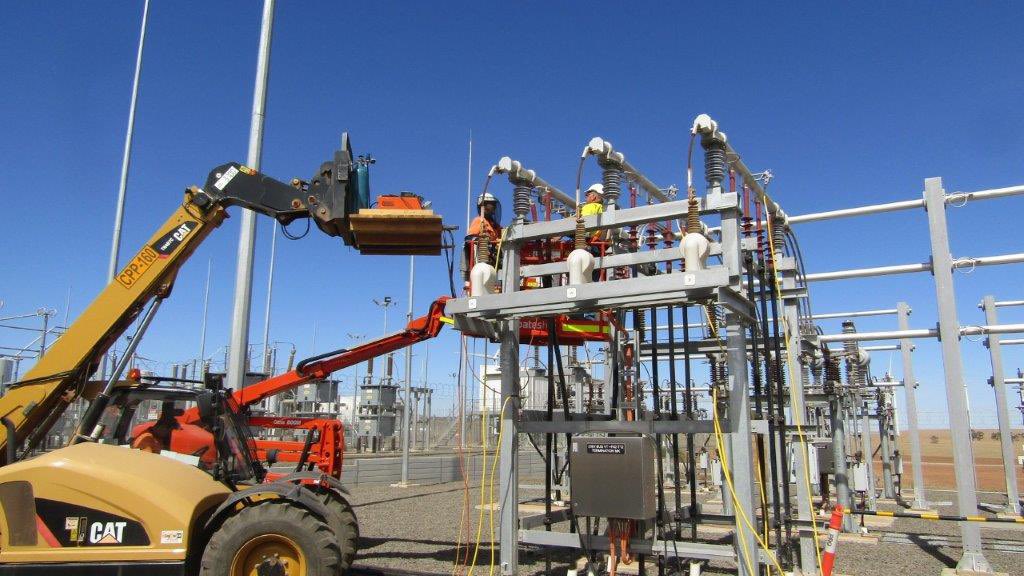This month saw Neoen announce plans for a 500 MW battery, only to have Origin dwarf the proposal with its 700 MW battery announced the very next day.
While the proposals are, for now, little more than best laid plans, Cornwall Insight Australia’s Principal Consultant, Ben Cerini, said announcements of such large capacities being integrated into the National Electricity Market (NEM) inevitably makes developers take notice.
“The NEM will only be able to integrate a certain capacity of storage assets before pricing begins to cannibalise itself,” Cerini told pv magazine Australia. It is, however, still too soon to truly ascertain how saturated Australia’s jurisdiction are becoming.
“We know that these projects are likely to take several years to get permitted and built and are usually announced in much larger sizes than the projects that get built.”
Cerini says the market’s faster-than-expected battery storage rollout means it’s likely the NEM will have access to more storage assets to solve anticipated grid issues, but adds the proof will be in the pudding.
“The major shift in the market will come when a number of these larger projects reach the construction phase.”
“There are many developers and gentailers that are obtaining permits undertaking technical or grid studies to ascertain the best places to incorporate storage, but this doesn’t mean construction will begin tomorrow. As we saw with the fallout from the renewables rush, developers need to make sure that they are developing these assets in the best locations given the technical, regulatory and economic landscape to make sure the viability of their asset is robust to market changes.”
Australia’s position as the world-leader of solar penetration coupled with its arcane grid has made it a hotbed for energy storage innovation and investment. If just 10% of Cornwalls projected 7 GW storage pipeline is completed by 2024, it would result in a capacity more than 13x the Australian Energy Market Operator’s (AEMO) forecast in its Integrated System Plan (ISP).
As Cerini also notes, the battery storage forecast by AEMO focuses on reliability of the grid, overlooking many of the services a big battery can provide.
“[Frequency Control Ancillary Services] FCAS markets are a large driver of revenues for large scale battery assets in the NEM… Last calendar year FCAS revenues accounted for more than 90% of revenues at Ballarat ESS (c.f. to ~80% in CY19) and more than 96% for Hornsdale Power Reserve (c.f. 83% in CY19).”
“We know there are multiple rule changes that are developing new system services or ‘essential services’ under the Energy Security Boards Post 2025 Market Design work, including Fast Frequency Response, Primary Frequency Response, Inertia services, System Strength (i.e. voltage oscillation, fault levels or voltage collapse etc.), system integrity protection schemes, peak load reduction at specific network points, congestion alleviation. There is also likely to be new non-ancillary service that batteries could participate in including an operational reserve market.
As we may find, Victoria and South Australia are the first states to see the full impact storage can have on market outcomes and whether or not the current rule changes will allow for trading optimisation with co-located assets behind the connection point.”
This content is protected by copyright and may not be reused. If you want to cooperate with us and would like to reuse some of our content, please contact: editors@pv-magazine.com.









1 comment
By submitting this form you agree to pv magazine using your data for the purposes of publishing your comment.
Your personal data will only be disclosed or otherwise transmitted to third parties for the purposes of spam filtering or if this is necessary for technical maintenance of the website. Any other transfer to third parties will not take place unless this is justified on the basis of applicable data protection regulations or if pv magazine is legally obliged to do so.
You may revoke this consent at any time with effect for the future, in which case your personal data will be deleted immediately. Otherwise, your data will be deleted if pv magazine has processed your request or the purpose of data storage is fulfilled.
Further information on data privacy can be found in our Data Protection Policy.